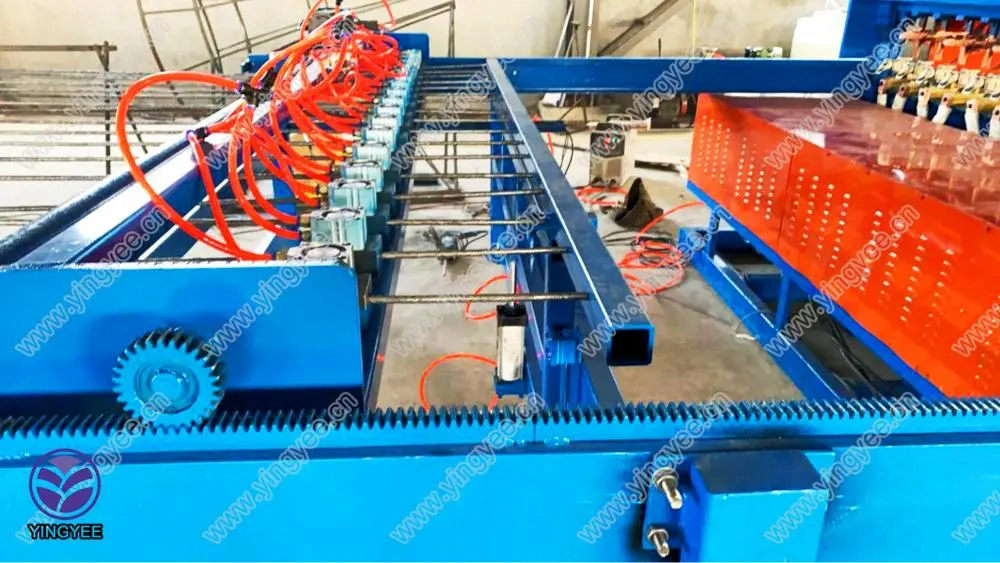
Understanding the Cut-to-Length Line A Comprehensive Overview
The cut-to-length line is an essential process in various industries, particularly in metalworking and manufacturing. This system is designed to cut large rolls or sheets of material into precise lengths according to the specific requirements of a project. As industries evolve, the need for efficiency, precision, and quality control in the production process becomes increasingly vital. The cut-to-length line serves as a solution to these needs, offering a streamlined method for handling raw materials.
What is a Cut-to-Length Line?
A cut-to-length line is typically used to process materials such as steel, aluminum, or other metals. In this setup, coils or sheets of material are brought into the line, where they undergo several operations. The primary function is to cut these materials into specified lengths, which can then be used in manufacturing various components and products. The line includes several critical pieces of equipment, including uncoilers, straighteners, shears, and conveyors, all working in harmony to ensure accurate cutting and handling.
Components of a Cut-to-Length Line
1. Uncoiler This is the initial stage of the cut-to-length line. The uncoiler feeds the material into the line by unwinding the coil. It's crucial for the uncoiler to function smoothly as any interruptions can affect the overall production efficiency.
2. Straightener After being unwound, the material often requires straightening to eliminate any bends or curls that may have occurred during the coiling process. The straightener aligns the material, preparing it for accurate cutting.
3. Shear The shear is the cutting mechanism of the line. Depending on the design, it can be a flying shear that moves with the material or a static shear that cuts the material once it is in position. Precision is essential here; even a small error can result in significant material waste.
4. Stacker Once the material is cut to the desired length, it needs to be collected and stacked. A stacker organizes the finished products for easy handling and transport, ensuring that the workflow remains efficient.

Advantages of Cut-to-Length Lines
The integration of cut-to-length lines into production processes brings several benefits
- Efficiency Automating the cutting process reduces the time taken to prepare materials, allowing manufacturers to meet tight deadlines.
- Precision Advanced technologies ensure that each cut is accurate, minimizing waste and enhancing product quality.
- Cost Savings By efficiently managing resources and reducing waste, businesses can lower production costs, which is a significant advantage in competitive markets.
- Flexibility Modern cut-to-length lines can be easily adjusted to accommodate different materials and lengths, making them versatile for various applications.
Conclusion
Cut-to-length lines are a critical component of modern manufacturing and metalworking processes. They enhance efficiency, improve precision, and ultimately contribute to better product quality. As industries continue to seek ways to optimize their operations, the adoption of advanced cutting technologies will undoubtedly play a vital role in achieving these goals. Whether in heavy industries or specialized manufacturing, the significance of cut-to-length lines cannot be overstated. By understanding and implementing these systems, companies can ensure they remain competitive in an increasingly demanding global marketplace.